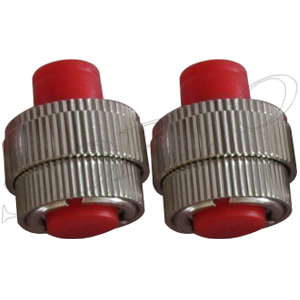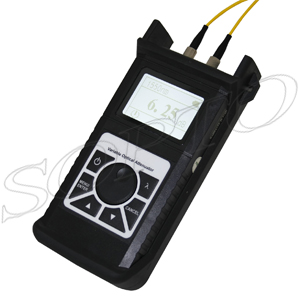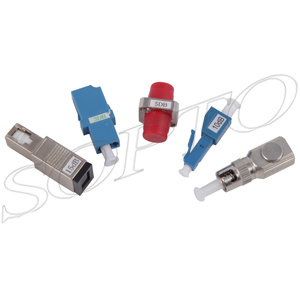- Fiber Optic Transceiver Module
- High Speed Cable
- Fiber Optical Cable
- Fiber Optical Patch Cords
- Splitter CWDM DWDM
- PON Solution
- FTTH Box ODF Closure
- PCI-E Network Card
- Network Cables
- Fiber Optical Adapter
- Fiber Optical Attenuator
- Fiber Media Converter
- PDH Multiplexers
- Protocol Converter
- Digital Video Multiplexer
- Fiber Optical Tools
- Compatible
- Can SFP+120KM be available? ...
- Why the price has so huge di...
- Can XFP transceiver modules ...
- Must optical fiber jumper be...
- Is there a module which can ...
- Can different brands SFP tra...
- How long will you change you...
- The difference between DDM S...
- Comparison of EPON and GPON
- Should we use 3rd party’s ...
- How to make differences betw...
- What is Drop Cable?
- Comparison of CWDM and DWDM ...
- GEPON Technology
- Differences of OM1, OM2, OM3...
- What is the armored fiber op...
- What is DAC cable?
- How to Choose A Right Fusion...
- Why Using a Compatible SFP O...
- Optical fiber transmission l...

Why do We Need a Fiber Optic Attenuator?
The reason is too much light can overload a fiber optic receiver. Optical fiber attenuators are needed when a transmitter delivers too much light, such as when a transmitter is very close to the receiver.
Attenuators usually work by absorbing the sunshine, such as a neutral density thin film filter, or by scattering the sunshine such as an air gap. They should not reflect the light since that could cause unwanted back reflection within the fiber system. Another type of attenuator utilizes a length of high-loss optical fiber, that operates upon its input optical signal power level in such a way that it is output signal power level is less than the input level. The power reductions are done by such means as absorption, reflection, diffusion, scattering, deflection, diffraction, and dispersion, etc.
And, What’s the Most Important Feature Should a Fiber Attenuator Have?
The most crucial spec of an attenuator is its attenuation versus wavelength curve. Attenuators should have the same impact on all wavelengths used in the fiber system or at least as flat as possible. For instance, a 3dB attenuator at 1500nm should also lessen the concentration of light at 1550nm by 3dB or as close as possible, this is also true inside a WDM (Wavelength Division Multiplexing) system.
 |
Variable Attenuator |
Operation wavelength:1310/1550 Attenuation value:3,5,7,10,15,20DB Max Optical Input power: 200mW Max PDL:0.2DB Return loss: UPC>55dB,APC>60dB |
 |
Bulkhead Attenuator |
Suitable for 850nm or 1310 or 1550nm PC, UPC and APC available Wide attenuation range Precision ceramic ferrule FC(Square), SC(Flange), ST(Thread) Plastic or metal housing material |
 |
Handheld Attenuator |
Wavelength Range: 1260~1650nm Applicable Fiber: 9/125um SM Connector: FC/PC Calibration Wavelength: 1310/1490/1550/1625nm Attenuation Range: 2.5~60dB Resolution: 0.05dB Min Insertion Loss: <2.5dB Repeatability: ± 0.2 dB |
 |
Plug-type Attenuator |
Low back reflection and Low PDL PC, UPC and APC available Wide attenuation range Precision ceramic ferrule FC, SC, ST, LC…. Optional Plastic or metal housing material |
 |
Inline Attenuators | FC/APC inline variable attenuator 1-60DB |


